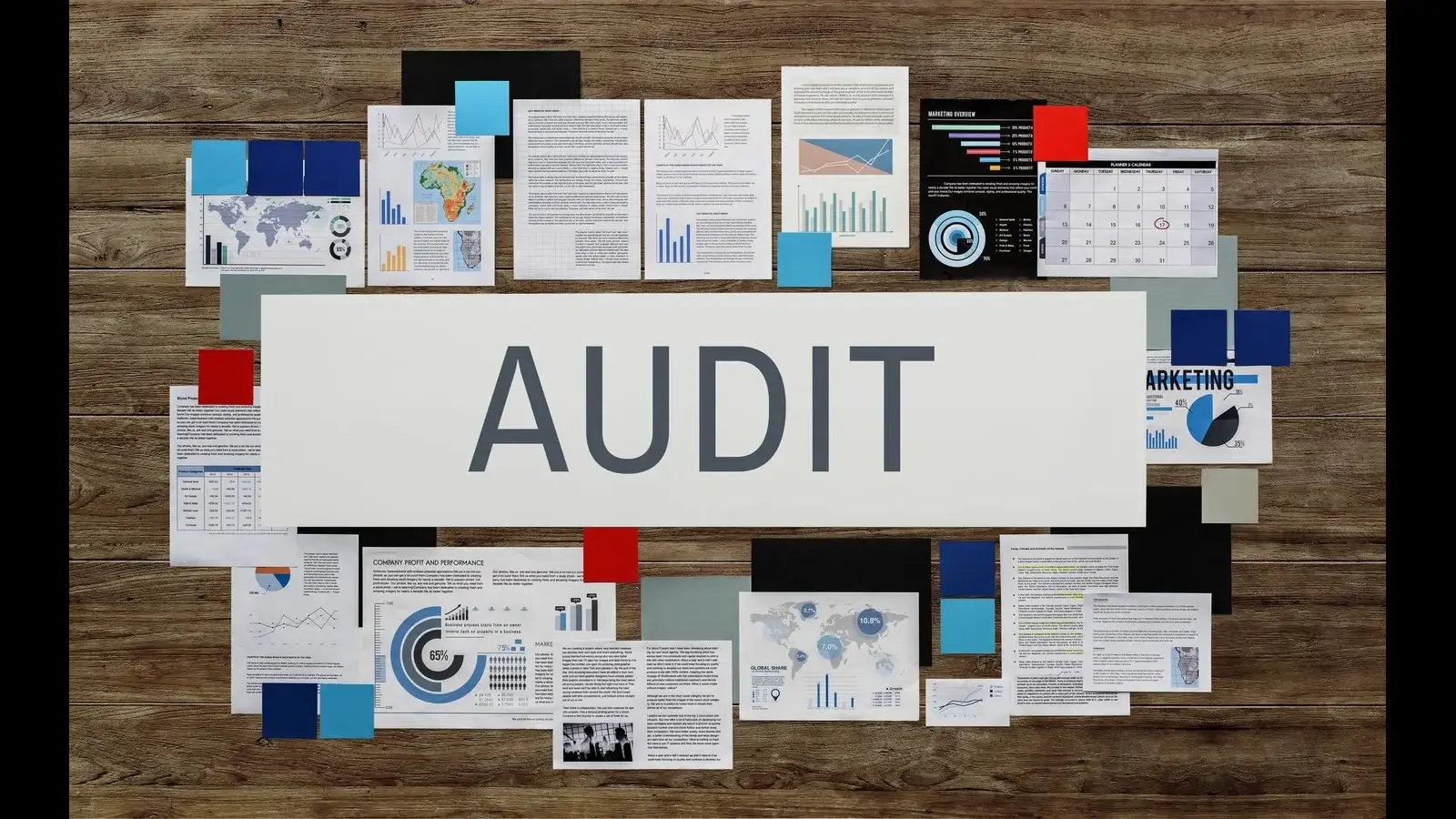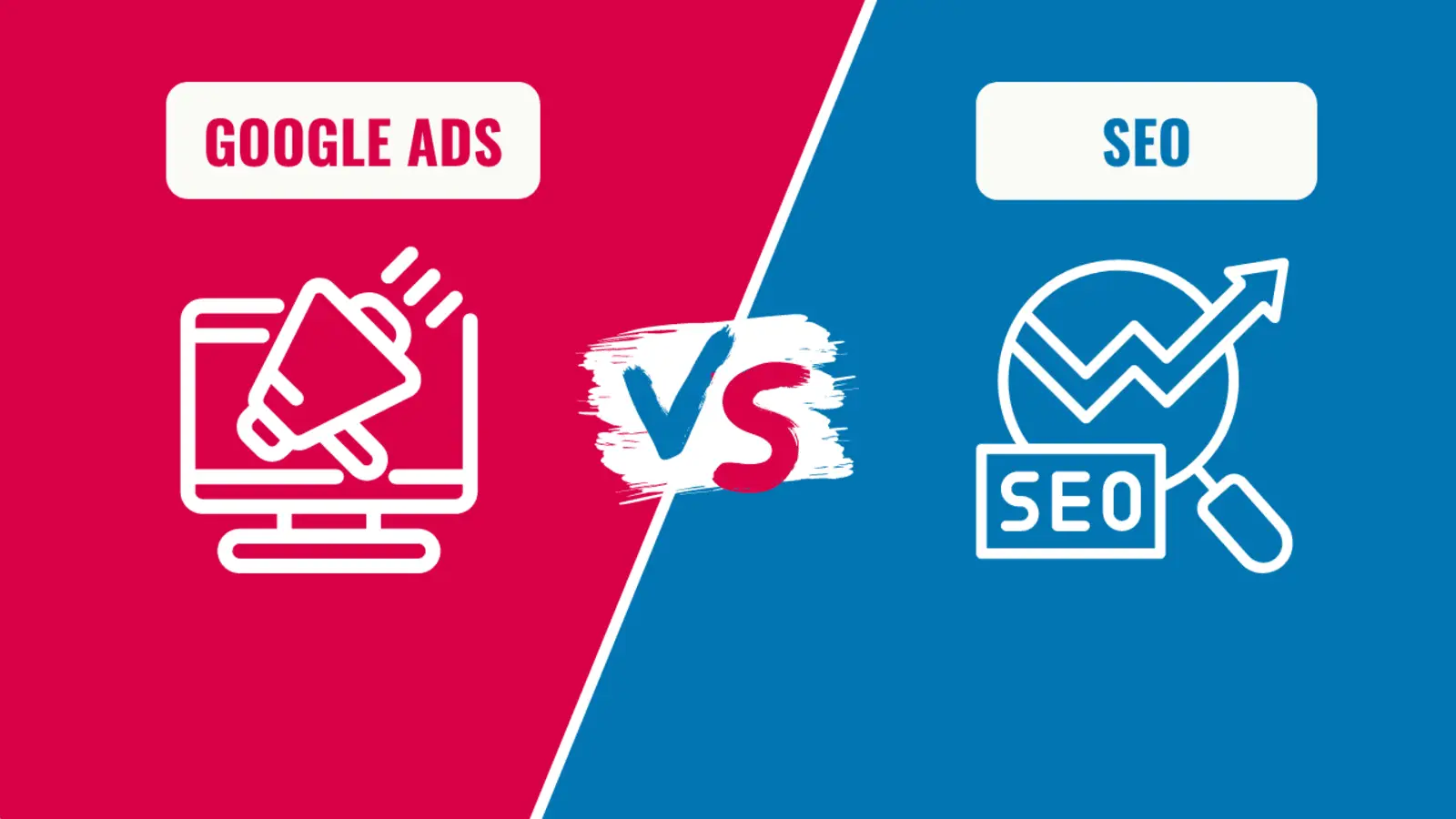
In today’s competitive landscape, digital advertising offers wealth managers an incredible opportunity to reach high-value clients with precision and scale. However, the rules governing this space are not only strict—they’re constantly evolving. For those in wealth management, a misstep in compliance can mean more than wasted ad spend—it could lead to regulatory scrutiny or reputational damage. That’s why a well-prepared digital advertising strategy isn’t just smart—it’s essential.
In this blog, we’ll walk you through a complete checklist to help wealth managers prepare for launching compliant and effective digital advertising campaigns. From getting your testimonials reviewed to preparing ad copy that won’t land you in legal trouble, consider this your go-to guide.
To learn more about the foundational marketing rules for wealth managers, check out the guide on marketing compliance for wealth managers.
Testimonials and endorsements are powerful social proof, but in the wealth management industry, they must meet strict SEC regulations under the Investment Advisers Act Rule 206(4)-1 (also known as the Marketing Rule). You cannot just copy and paste a Google review into your Google Ads and call it a day.
Checklist:
Work with your compliance team or legal counsel to get testimonials approved for public display, particularly in paid digital ads.
It’s tempting to highlight portfolio performance in your ad copy but be careful. The SEC requires any performance claims to be clearly defined, verifiable, and not misleading.
Checklist:
When in doubt, offer general outcomes rather than specific percentages. Consider linking the ad to a webpage that provides full disclosures.
Every wealth management firm is unique—what’s compliant for one firm may not apply to another due to services offered, licensing, or client profile. That’s why it’s crucial to have a subject matter expert (SME) or compliance officer review every piece of ad copy before it goes live.
Checklist:
This added step might slow your ad production slightly, but it significantly reduces your compliance risk.
Digital advertising can target awareness, lead generation, or direct conversions. Defining your objectives helps you choose the right messaging, platforms, and campaign structure while remaining compliant.
Checklist:
Avoid aggressive CTAs like “Guarantee Your Retirement!” which could trigger scrutiny. Instead, use softer, compliance-safe language like “Talk to an Advisor Today” or “Explore Your Retirement Options.”
Not all platforms are created equal when it comes to compliance. Google Ads, Facebook, and LinkedIn all offer powerful targeting tools, but each comes with its own restrictions around financial content.
Checklist:
Before advertising, read each platform’s advertising policy on financial services to avoid disapproval or account suspension.
A compliant ad needs a compliant landing page. Redirecting traffic to your homepage won’t cut it. Instead, build a specific landing page that aligns with your ad messaging and contains all necessary disclosures.
Checklist:
Need help setting up a compliant website fast? Explore a ready-made solution.
When running Google Ads, your choice of keywords matters just as much as the ad text. Targeting “Guaranteed Wealth Growth” is not only misleading—it could get your ad flagged.
Checklist:
Test your keyword list using Google’s Ad Preview Tool before launching.
Compliance doesn’t stop once the ad is live. Ongoing tracking and reporting ensure that performance is monitored and changes are well-documented for audits.
Checklist:
The better your reporting system, the easier it is to remain transparent with regulators and clients alike.
A big compliance risk comes not just from the ad but from what happens after. If your sales team makes unsubstantiated claims or contradicts the ad’s message, it could result in complaints or enforcement actions.
Checklist:
Consistency across all client-facing communication strengthens your brand and helps avoid misrepresentation.
Before launching your first campaign—or every time you update a campaign—run a pre-launch compliance review. Think of it as a dress rehearsal where everything gets checked before going live.
Checklist:
Digital advertising offers wealth managers unprecedented access to their ideal clients, but it comes with a heavy responsibility to remain compliant. By following this checklist, you’ll be able to launch high-performing campaigns that don’t just generate leads but also pass regulatory scrutiny.
To dive deeper into wealth management marketing best practices, be sure to read this guide:
Marketing Compliance for Wealth Managers Explained
And if you’re looking to launch a compliant, beautifully designed website fast, consider this solution:
Website Program for Wealth Managers
With the right foundation, compliance isn’t a barrier—it’s your competitive edge.


